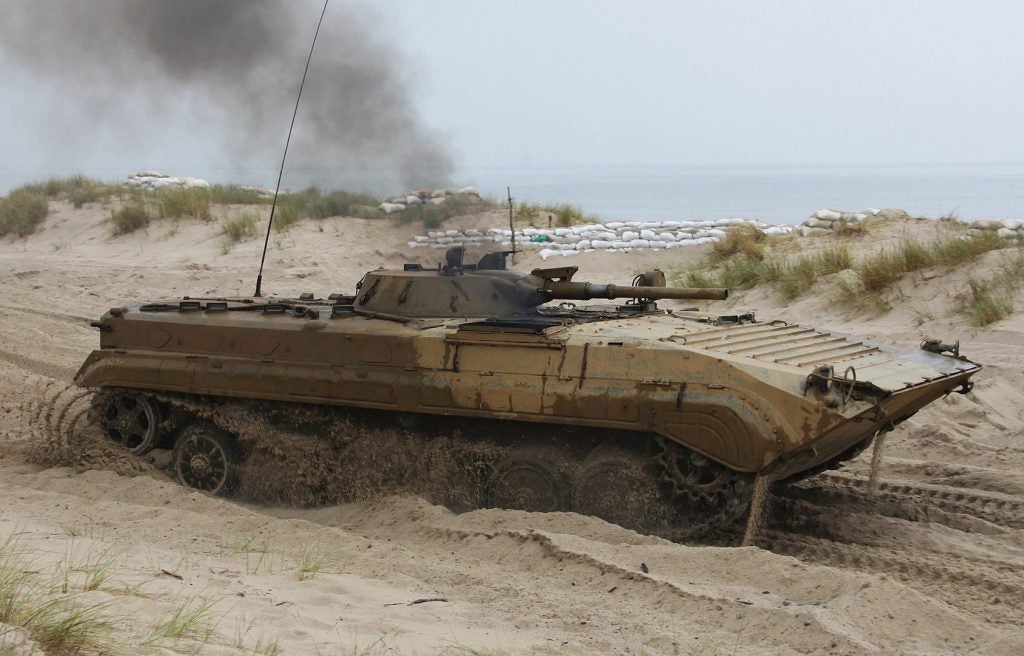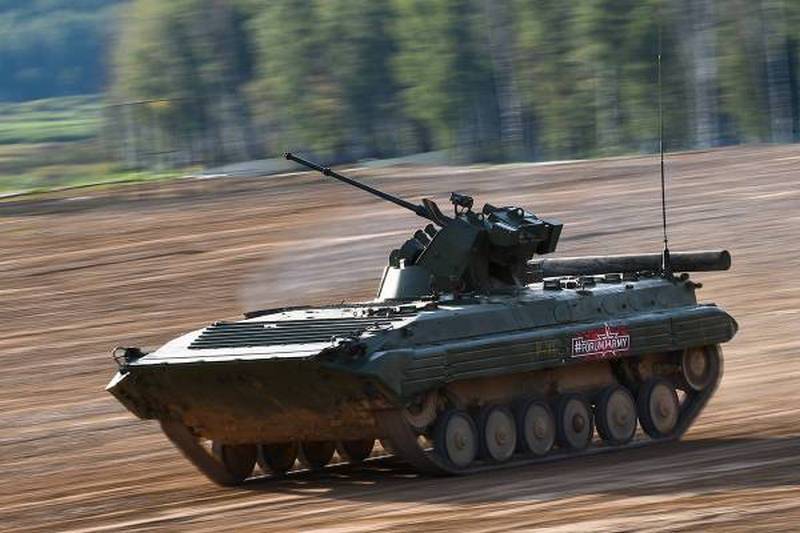Russia Is Modernizing the BMP-1
In June 2019, Russia confirmed that it would order the BMP-1AM upgrade for its fleet of obsolete BMP-1 Infantry Fighting Vehicles. The BMP-1 has been largely ignored by the Russian and Soviet military following the adoption of the BMP-2, as most modernization efforts were focused on improving the capabilities of the newer IFVs. However, some BMP-1s are still operated by the Russian armed forces, though the numbers are estimated by one analyst to be less than 400 units.
The BMP-1’s crew layout with the commander in the hull, and its archaic armament of the 73mm smoothbore cannon with poor velocity makes it a poor candidate for modernization compared to the BMP-2, which featured a two-man turret and standard 2A42 30mm autocannon.
Despite these drawbacks, some attempts have been made at modernizing the BMP-1 before, primarily during the 1990s when the Russian defense industry was unsure about the direction of modernization of the Russian military. The proposed BMP-1M upgrade added a new turret with a 30mm 2A72 autocannon, multiple ATGMs and advanced sighting systems. However, it was not procured or developed further, likely due to cost.

The latest upgrade, the BMP-1AM is largely in the same spirit, mounting a 2A72 autocannon in a stabilized turret. But the expensive ATGM station is removed, eliminating the need for guidance channels in the sight and additional electronic complexity. The BMP-1AM turret appears to be largely the same model as that mounted on the BTR-82A.
The selection of the BTR-82A turret is logical for the BMP-1AM for many reasons. Like the BMP-1, the BTR has a commanders station in the hull, so the turret is optimized to function as a one-man station. The turret is cheap and light, mounting a lighter albeit inferior 2A72 gun as opposed to the heavier, more capable 2A42 gun found on the BMP-2.
But in the end, it begs the question as to why Russia is modernizing BMP-1s as opposed to just replacing them with newer IFVs. Even with the new autocannon and sight, the BMP-1AM is an inferior IFV far inferior to a modernized BMP-2 or BMP-3, simply due to the limitations of the hull. Keeping the older IFV means a more complex logistics train for the military.
A non-technical reason for the upgrade is likely: the Russian army adopting the BMP-1AM will cause it to be seen as a viable system for other countries that still maintain large fleets of BMP-1s, such as India or Egypt. While some other countries offer modernization for BMP-1s, such as the Romanian MLI-84M, none have seen widespread adoption.

